Table of Content
Many people think SEO is just about stuffing keywords into content. Spoiler alert—it’s not. The real magic happens when you understand why someone is searching. That’s where types of keyword intent comes in.
Imagine knowing exactly what your audience wants—whether they’re looking for answers, comparing options, or ready to buy. Sounds amazing, right? By nailing keyword search intent, you can create content that speaks directly to them, boosts your rankings, and gets real results.
In this guide, we’ll break down the different types of keyword search intent in simple terms. You’ll learn how to use them to attract the right audience, increase traffic, and turn clicks into conversions. Ready to get started? Let’s dive in!
What is Keyword Search Intent in SEO?
Keyword search intent (also called user intent or search query intent) is a fancy way to say why someone searches for something online. What are they looking for? What do they want? That’s their intent. When you understand the types of keyword intent strategy, you can create content that gives people exactly what they’re after.
And guess what? When your content matches what people need, they’ll stay longer, trust you more, and even help boost your rankings on Google. It’s simple: Give people what they’re looking for, and they’ll love you for it. That’s the magic of search query intent!
Why Keyword Search Intent Matters in Research
Let’s be real—mastering keyword research without thinking about intent is like throwing darts in the dark. Sure, you might get traffic, but will it do anything for you? Probably not. But when you focus on user intent, you attract people who care about what you’re offering.
Here’s the deal: If you understand why someone is searching for something, you can create content that speaks their language. It connects with them. And when your content resonates, magic happens—better SEO, more clicks, and higher conversion rates.
So, don’t waste time on random guesses. Nail the types of keyword intent behind those keywords, and use that insight to guide your content and marketing strategies. It’s smarter, saves effort, and delivers results you’ll love.
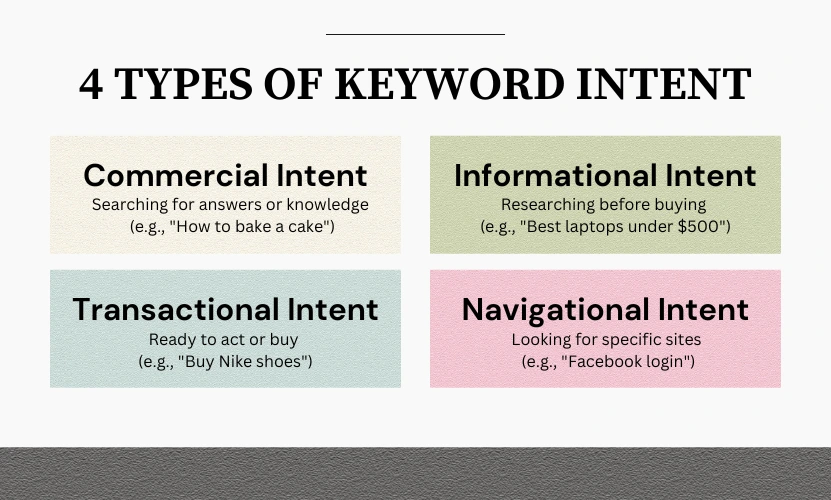
The 4 Main Types of Keyword Intent
Let’s talk about the different types of keyword intent and what they mean. Knowing these can help you create the right content and get the right audience. Ready? Let’s go!
1. Commercial Intent
Commercial Intent is the “I’m ready to buy” keywords. Think phrases like:
- “Best headphones under $100”
- “Buy SEO software”
Subtypes:
- Pre-Purchase Research Intent: For exploring features, like “Best laptops for students”.
- Comparison Intent: For deciding between options, like “WordPress vs. Wix”.
- Trend-Based or Seasonal Intent: For time-sensitive searches, like “Best Black Friday deals”.
Tip: People searching these are close to making a purchase. Your job? Create content that seals the deal. Write detailed product comparisons, create landing pages, and add clear calls-to-action like “Buy Now” or “Learn More.” When you focus on high-intent keywords, you’re targeting one of the most profitable types of keyword intent. And yep, that means more sales!
2. Informational Intent
Informational Intent is the “I’m just here to learn” searches. Examples include:
- “How to bake a cake”
- “Benefits of using SEO”
Subtypes:
- Educational Intent: For in-depth learning, like “How does SEO work?”
- Problem-Solving Intent: For fixing specific issues, like “How to fix a leaky tap?”
- General Knowledge Intent: For broad searches, like “What is keyword research?”
Tip: For this audience, create blog posts, guides, or tutorials. Give them all the juicy info they need. This type of content builds trust and shows you’re an expert in understanding the types of keyword intent. When people see you as a helpful resource, they’ll keep coming back. And hey, they might even share your content!
3. Transactional Intent
Transactional intent is the “Let’s do this!” crowd. They’re ready to take action with searches like:
- “Buy now”
- “Order today”
Subtypes:
- Purchase Intent: For direct buying, like “Buy Nike Air Max size 9”.
- Service Intent: For booking or subscriptions, like “Sign up for Netflix”.
Tip: These folks need simple, easy-to-navigate landing pages. Make it super clear how they can complete their transaction. Use big, bold buttons like “Add to Cart” or “Sign Up Now.” When you make it easy for them, you’ll see that type of keyword intent can quickly lead to conversions.
4. Navigational Intent
Navigational intent is the “Take me there” searches. People are looking for specific websites or brands, like:
- “Facebook login”
- “Amazon customer service”
Subtypes:
- Branded Intent: For specific brands, like “Apple iPhone store”.
- Page-Specific Intent: For direct access to pages, like “Facebook login”.
Tip: Your job here? Make sure your site is easy to find! Optimize for your brand name and key pages so people can get to you without any hassle. Matching this type of keyword intent builds trust and loyalty with users.
When you match your content to their types of keyword intent, it’s like giving them a big, virtual high-five. You improve their experience, and they’re more likely to come back. Plus, Google loves it when you help people find what they need, so your visibility goes up.
Simple and Easy Strategies for Finding Search Query Intent
Here’s how you can easily optimize for keyword search intent without overcomplicating things. Here are top strategies which are practical, beginner-friendly, and super helpful.
1. Check Google Search Results (SERPs)
Google shows you what works! Just type your target keyword and look at the top results.
- Are they blog posts, videos, or product pages?
- Do they have “People Also Ask” boxes or shopping ads?
Pro Tip: If the top results are guides, write a detailed blog. If it’s product pages, create a strong landing page.
2. Match Keywords to the Buyer Journey
Think about where your audience is:
- Awareness: They’re learning. Use keywords like “What is SEO?” and write helpful blogs.
- Consideration: They’re comparing options. Use “Best SEO tools” and create comparison posts.
- Decision: They’re ready to act. Use “Buy SEO software” and build action-packed landing pages.
Pro Tip: Tailor your content to match what your audience needs at each stage.
3. Write for Mixed Intent Keywords
Some keywords can mean different things. For example, “best laptops” could be for research or buying.
- Write hybrid content. Start with helpful info and end with a “Buy Now” or CTA section.
Pro Tip: Make it easy for users to take the next step, whether it’s learning more or purchasing.
4. Use Long-Tail Keywords
Longer phrases like “best coffee machines under $100” are easier to rank for and often have a clear type of keyword intent.
- Use tools like Ubersuggest or AnswerThePublic to find these gems.
Pro Tip: Long-tail keywords work great for blogs and product reviews.
5. Create Content Hubs
Group similar keywords into one topic.
- Write a main post (pillar page) about “SEO tools”.
- Add related posts like “Best free SEO tools” and “How to use SEO tools”. Link them all together.
Pro Tip: Internal links guide users through their journey and boost your SEO.
6. Optimize for Voice Search
More people use voice assistants to search. Focus on question-based keywords like:
- “What’s the best coffee shop near me?”
- “How to bake banana bread?”
Pro Tip: Write naturally, and answer questions in short, clear sentences to rank for snippets.
7. Spy on Your Competitors
Check what keywords your competitors rank for using tools like SEMrush or Ahrefs.
- See what they’re doing well and where they’re missing out. Fill those gaps with better content.
Pro Tip: Always look for opportunities where their content is weak or outdated.
By using the types of keyword intent don’t require fancy skills—just a little curiosity and effort. Match your content to what people want, and you’ll get better traffic, happier users, and more conversions. Start small, keep testing, and watch the magic happen!
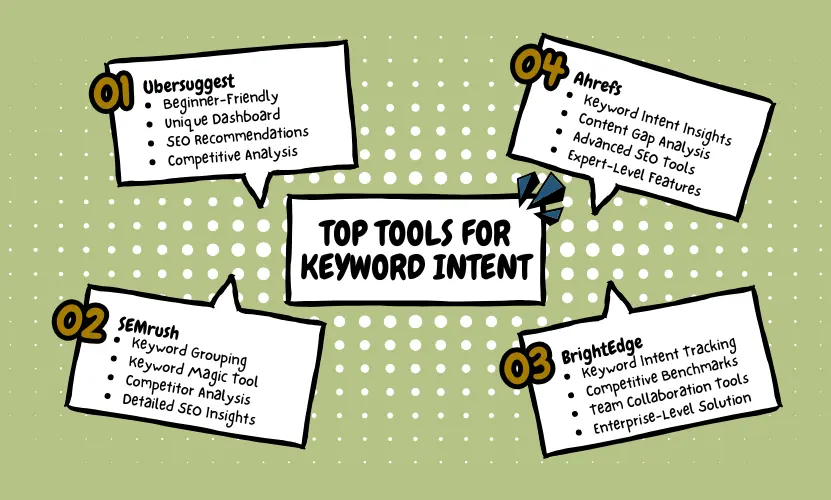
Best Tools for All Types of Keyword Intent
Finding the right and best tools for all types of keyword intent can feel overwhelming. Don’t worry—I’ve got you covered! Here’s a breakdown of the best tools, their unique features, and whether they’re free or paid.
1. Best Tool for Beginners | Ubersuggest
Think of Ubersuggest as your friendly neighborhood SEO tool. Ubersuggest is simple, affordable, and beginner-friendly. Perfect for getting started with keyword research without feeling overwhelmed.
Unique Features:
- Shows search volume, keyword difficulty, and even intent insights in one dashboard.
- Includes content ideas and recommendations for improving your website’s SEO.
- You can run competitive analysis without needing a lot of experience.
Free vs. Paid:
- The free version offers limited searches per day but still covers the basics.
- The paid version is super affordable and unlocks advanced features like site audits.
2. Best Tool for Intermediate Users | SEMrush
SEMrush is an all-in-one SEO and marketing tool that helps you optimize your website. It’s packed with features that make user intent research a breeze.
Unique Features:
- It groups keywords by intent categories (like informational, commercial, etc.).
- Keyword Magic Tool for deep keyword research
- You can spy on your competitors to see what’s working for them.
- It gives detailed SEO insights like traffic data, backlink info, and ranking performance.
Free vs. Paid:
- The free version gives you access to a limited number of reports (perfect for trying it out).
- The paid version unlocks all features and is best for intermediate to advanced users.
3. Best Tool for Advanced Users | Ahrefs
Ahrefs is like the nerdy genius of keyword research tools. Choose Ahrefs if you’re all about diving into analytics and refining expert-level strategies.
Unique Features:
- Provides types of keyword intent insights with data like traffic potential and click-through rates (CTR).
- The Content Gap feature shows you which keywords your competitors rank for that you don’t.
- It gives advanced tools for analyzing backlinks and overall SEO health.
Free vs. Paid:
- The free trial lets you test some features.
- The paid version is where the magic happens. It’s ideal for advanced users or experts.
4. Best Tool for Agencies and Teams | BrightEdge
BrightEdge is like a powerhouse for agencies and teams. It’s all about managing large-scale SEO campaigns and tracking results across multiple clients.
Unique Features:
- Tracks types of keyword intent strategy at scale, helping you prioritize which keywords to target.
- Provides competitive benchmarks so you can see where you stand against others in your industry.
- Offers collaboration tools, making it easy for teams to work together on big projects.
Free vs. Paid:
- BrightEdge doesn’t have a free version or trial. It’s a premium tool designed for serious SEO campaigns.
- Pricing is customized and best suited for agencies or large businesses managing multiple sites.
These tools are top-notch for their respective categories, helping you ace types of keyword intent research no matter your expertise level!
Common Mistakes to Avoid in Types of Keyword Intent
We all make mistakes, but let’s make sure your user intent strategy doesn’t flop. Here are a few common mistakes to avoid:
1. Overloading on Transactional Keywords
Using too many “buy now” or “order today” keywords without providing value won’t work. People need context, comparisons, or helpful info before they’re ready to act.
Tip: Mix in informational or commercial keywords to guide them first.
2. Ignoring the User Journey
If you don’t think about where users are in their journey (learning, comparing, or buying), your content might miss the mark.
Tip: Match your content to their stage—blogs for learning, comparisons for deciding, and landing pages for buying.
3. Not Updating Your Content
User intent changes over time. What worked last year might not work today. If your content is outdated, Google (and your audience) won’t like it.
Tip: Regularly refresh your content to match current trends and search behavior.
Avoid these mistakes, and you’ll see your keyword intent strategy and results improve. Also many people wonder about the different other types of keyword intent—and for a good reason! Knowing more than just the basics can take your SEO game to the next level. High-intent and low-intent keywords, along with seasonal and trend-based ones. Understanding these types doesn’t just make you smarter; it helps you create content that truly connects with your audience. So, let’s dive into what makes each type unique and how they work together for a winning strategy.
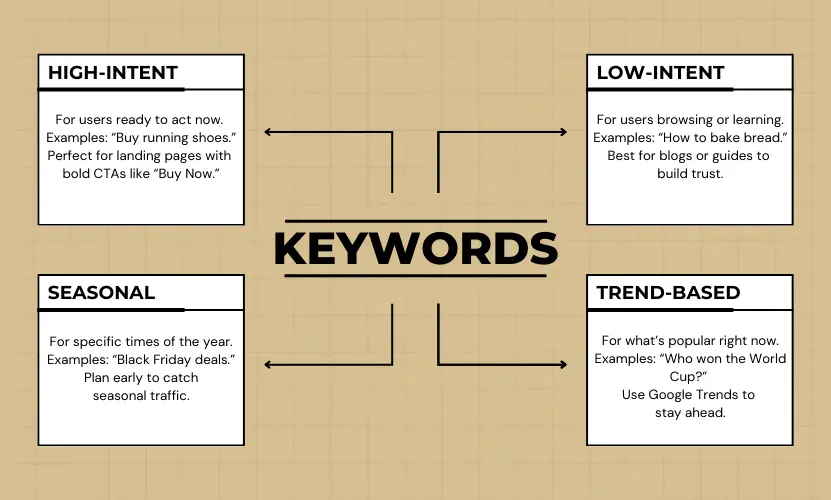
High-Intent vs. Low-Intent Keywords: What’s the Difference?
Not all keywords mean the same thing. Some are from people ready to take action, while others are just exploring. There are two types of keywords intent that digital marketers should be familiar with: high-intent and low-intent. Understanding the difference between these two types of keywords can greatly improve your SEO strategy and drive targeted traffic to your website.
High-intent keywords are for people ready to act now. Think searches like “Buy running shoes” or “Book flights.” These folks are ready to decide, which makes them super valuable. Want to grab their attention? Create landing pages with clear, bold calls-to-action like “Buy Now” buttons. Make it easy for them to take the next step!
Low-intent keywords, on the other hand, are for people who are just browsing or learning. For example, “Benefits of yoga” or “How to bake bread.” These users aren’t ready to buy yet, but they’re curious. This is your chance to build trust! Write helpful blogs, guides, or tutorials that give them the info they’re looking for. Keep it simple, and they’ll come back when they’re ready to act.
Seasonal vs. Trend-Based Keywords: What’s the Difference?
Aside from high-intent and low-intent keywords, another important factor to consider in keyword research is the seasonality or trend-based nature of certain keywords. Understanding the difference between these two types of keywords can help you craft a more effective content strategy.
Conclusion
Understanding search query intent is like reading your audience’s mind. It helps you figure out why they’re searching and what they want to find. When you know this, you can create content that clicks with them. When you focus on what people really want, you don’t just rank—you connect. Start small, test, and watch your results grow over time.
And hey, if you’re ready to take your SEO game to the next level, Rankonix is here to help! We specialize in all types of keyword intent-driven strategies that get real results. Visit Rankonix today and let’s create content that converts! Got thoughts or questions? Drop them in the comments below—we’d love to hear from you!
FAQs
Q. How Can I Find the Search Query Intent Behind Long-Tail Keywords?
To understand intent for long-tail keywords, check the search results. Look at what’s ranking: Are they blogs, product pages, or videos? This gives clues about what people want. Tools like SEMrush or Ahrefs can also help you categorize intent easily.
Q. Can a Single Keyword Have More Than One Intent?
Yes, it can! For example, “Best laptops” could mean someone is researching (informational intent) or ready to buy (transactional intent). In such cases, creating content that covers both intents—like a review with buying links—can work wonders.
Q. How Often Should I Update My Keyword Intent Strategy?
Keep an eye on search query intent trends at least once every six months. User behavior changes, and search engines evolve, so staying updated ensures your content remains relevant and continues to rank well.
Q. Can Ignoring User Intent Hurt My SEO?
Absolutely! If your content doesn’t match what users are searching for, they’ll bounce off your page. This increases your bounce rate, hurts rankings, and wastes your efforts. Related types of keyword intent strategy ensures your content is relevant and keeps people engaged.
Q. How to Find Types of Keyword Intent?
Start by figuring out the main purpose of each type of keyword intent. If the keyword is “how to start a blog,” write a helpful blog post. If it’s “buy blogging tools,” create a landing page with all the info they need to make a purchase. You can also use tools to check the intent for your keyword.

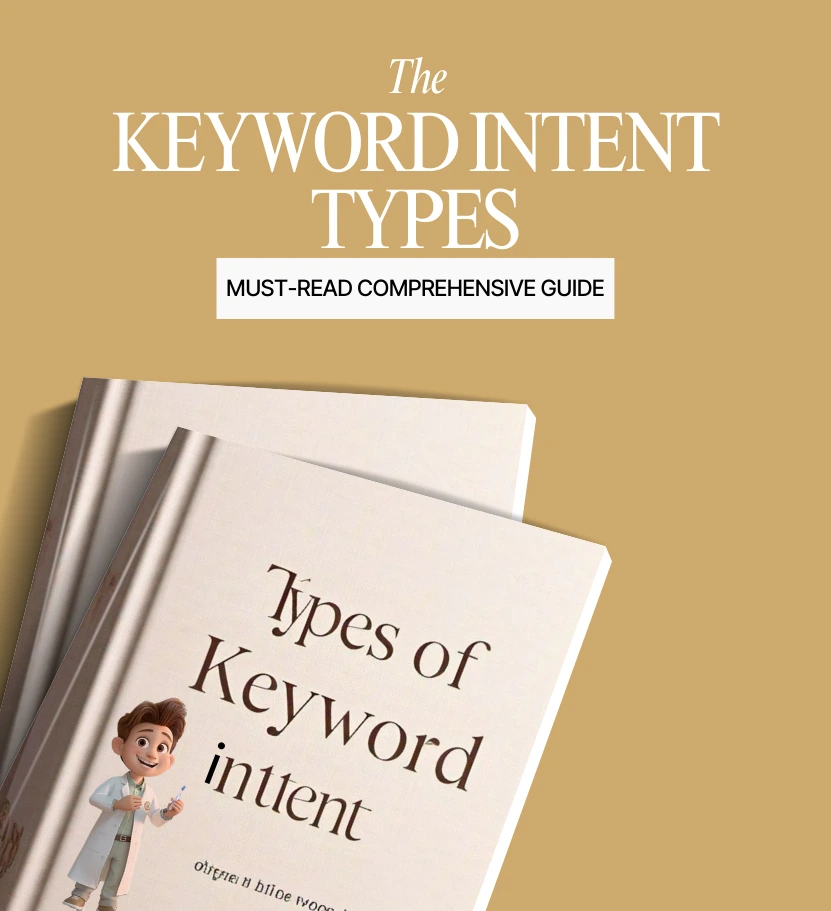
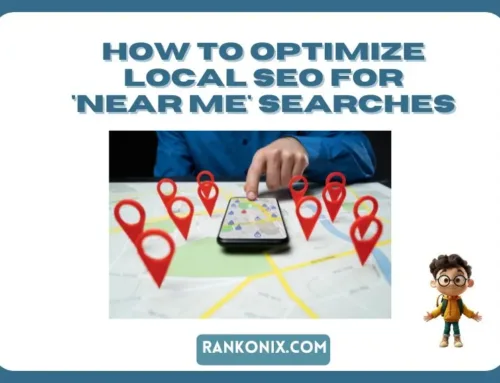
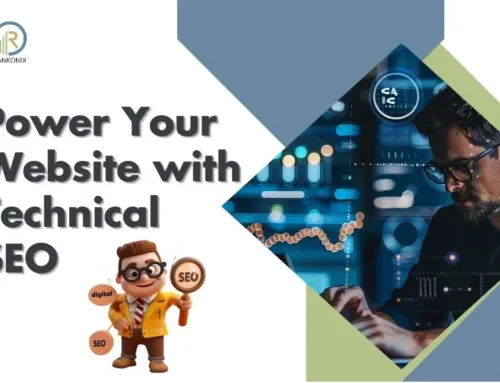
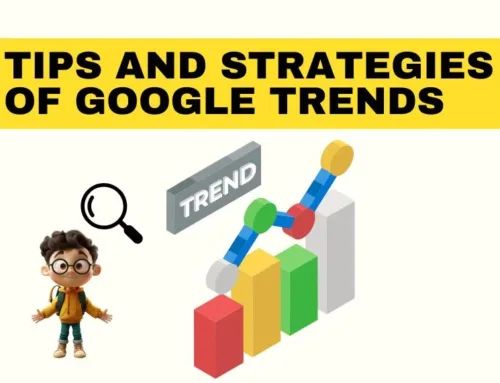
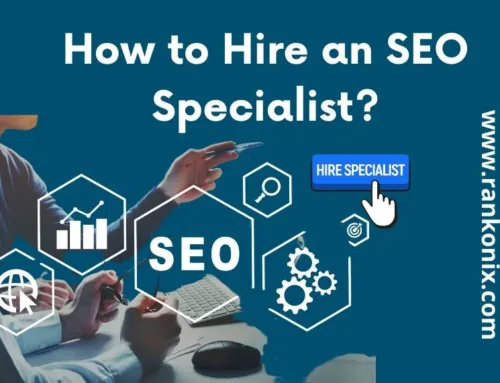
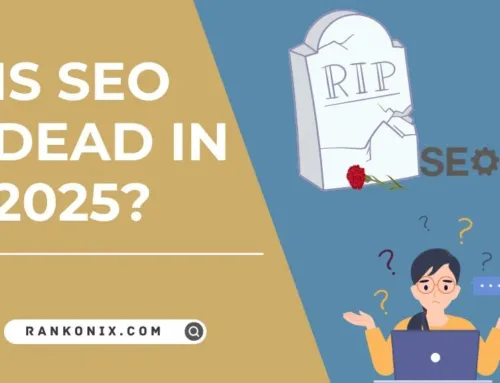
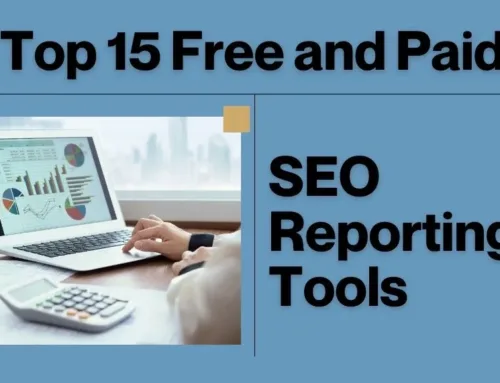
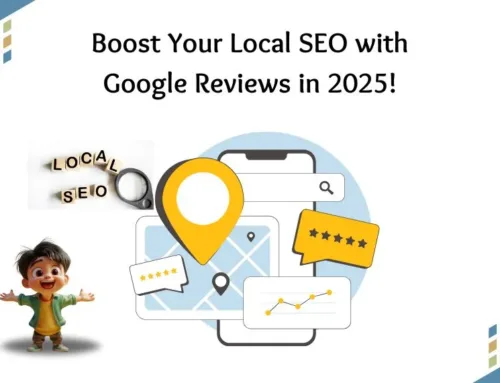

It’s really amazing… The way of explaining is too Good for Beginners.
I appreciate your way to explain every single type of keywords.
[…] directly uses LSI technology, the concept of enriching your content with semantically related keywords remains crucial for modern SEO. By including synonyms, relevant phrases, and natural variations of […]
[…] this comprehensive guide, we’ll break down the different types of keyword intent, explain why they matter for SEO, and provide actionable strategies to help you optimize your […]